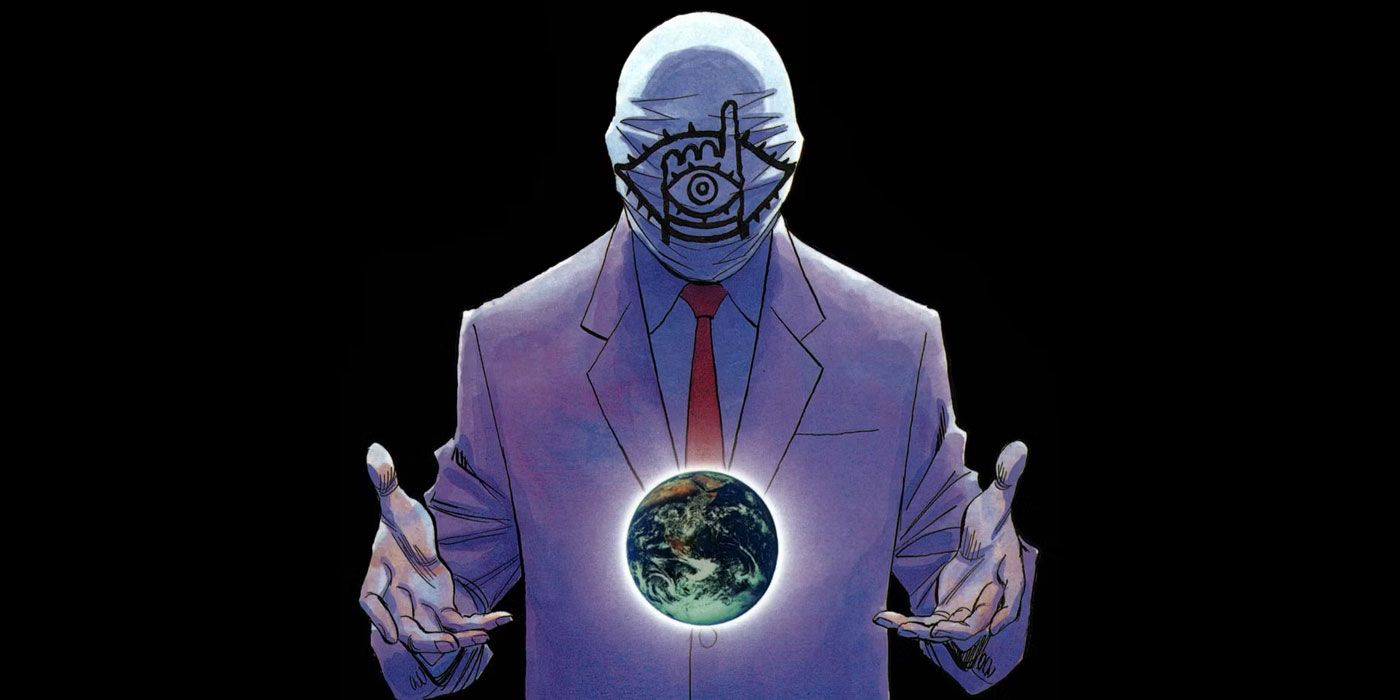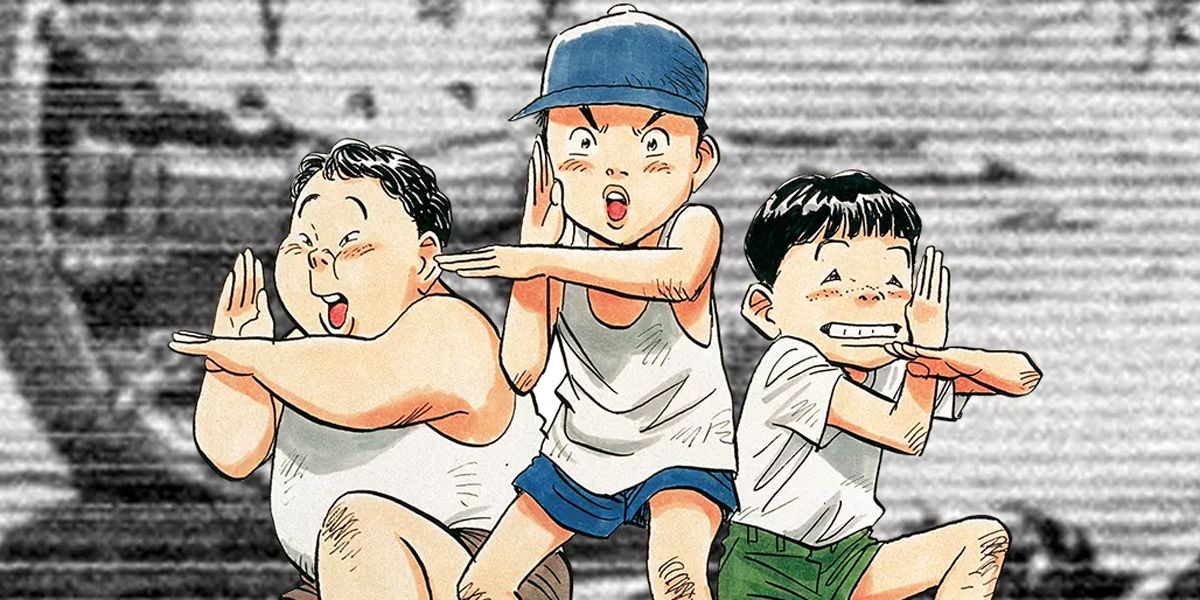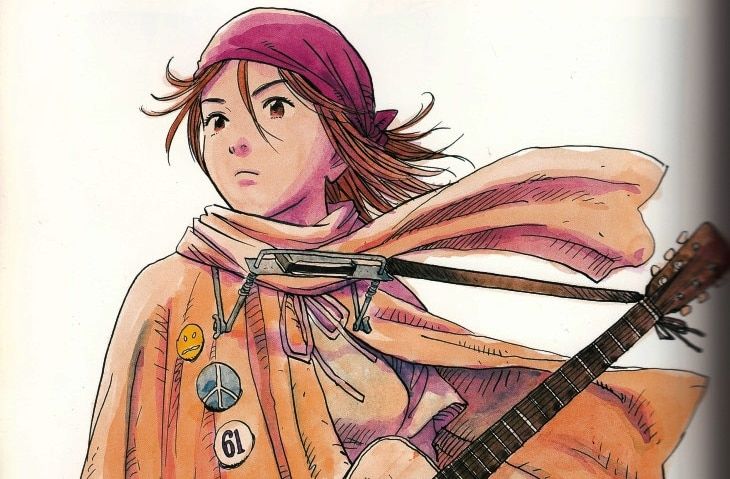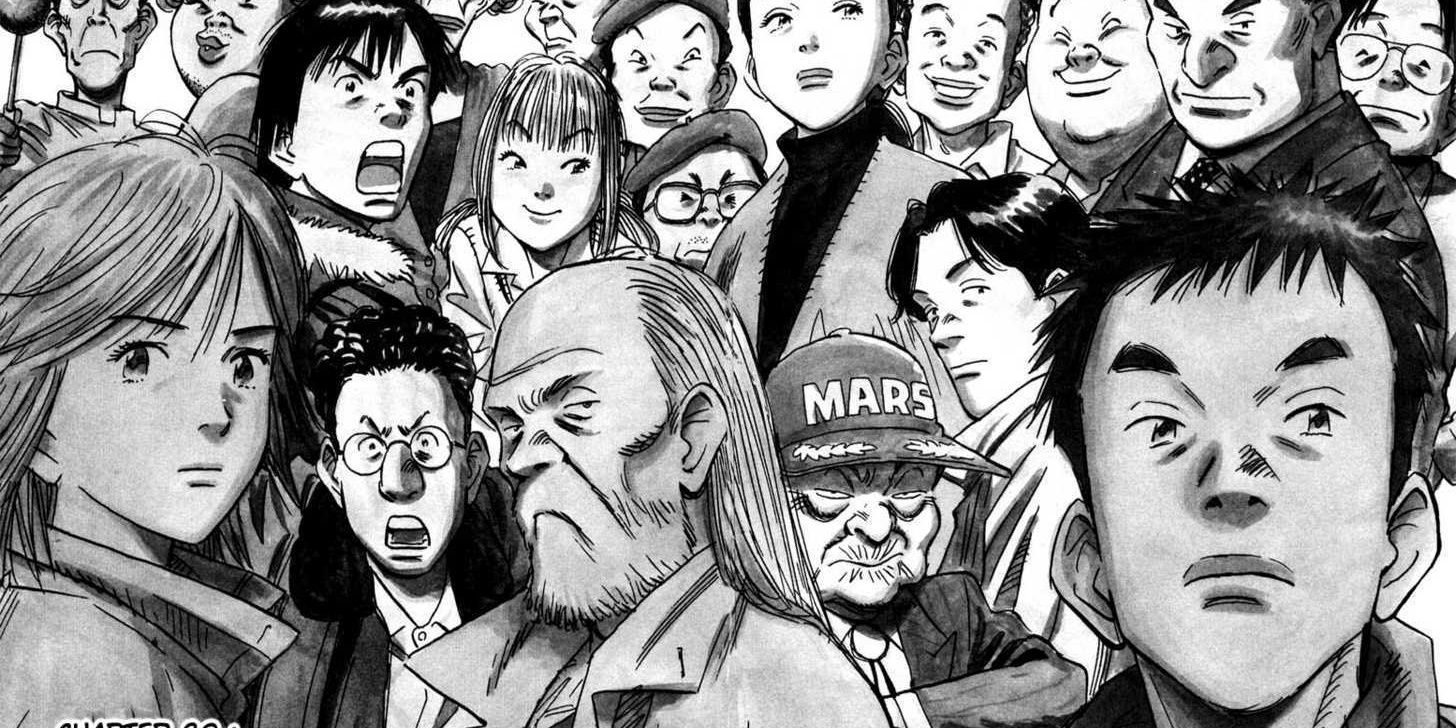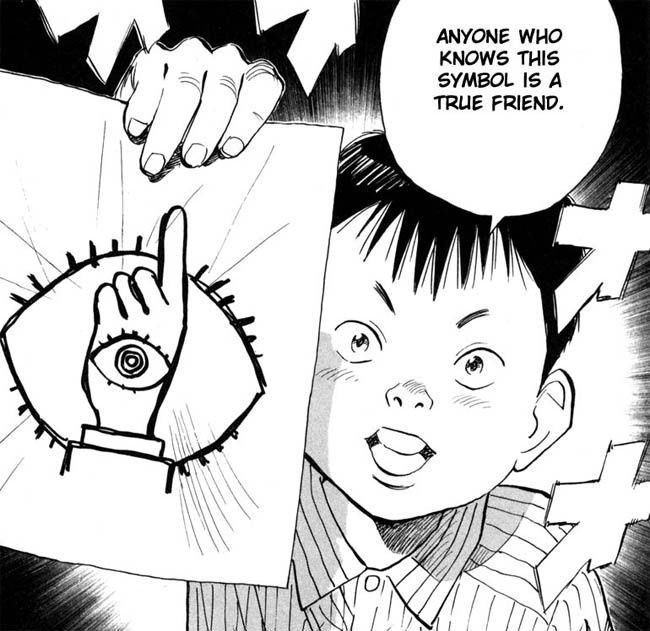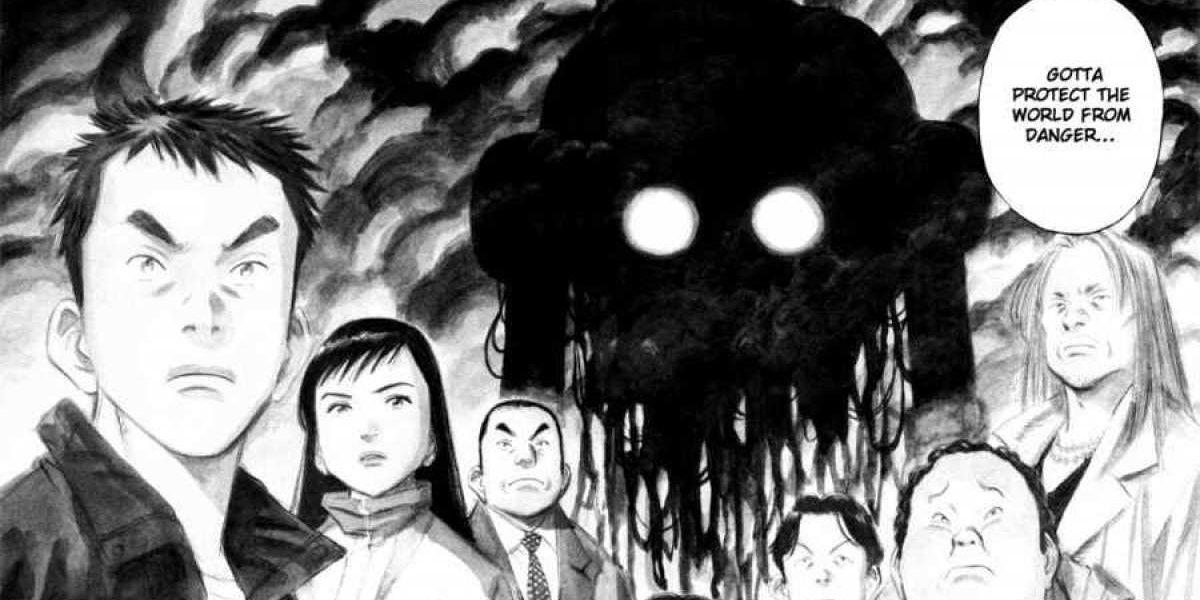The following contains spoilers for 20th Century Boys by Naoki Urasawa.
One of Naoki Urasawa’s greatest strengths as a mangaka, alongside his breathtaking art and iconic character designs, is his ability to depict his characters as fully-realized human beings. Even minor characters tend to avoid stereotypes and add something meaningful to the overall narrative.
Urasawa’s considerable manga output includes masterpieces that showcase his ability to balance large casts of interesting characters including his most recent series, Asadora! and his classic thriller Monster. 20th Century Boys and its finale, 21st Century Boys, depicts many such characters over the course of half a decade’s worth of in-universe story. Urasawa handles this task with ease and creates a richly developed cast of characters who represent humanity's greatest strengths and weaknesses.
20th Century Boys begins with the story of a secret club comprised of Kenji Endo and his closest friends. Their childhood adventures in the 60s lead into something far more sinister at the turn of the century when Kenji, now a convenience store employee, notices that certain tragic events happening in the world are identical to the stories his group made up as kids.
The story rapidly unfolds as Kenji begins reaching out to his old classmates, and many of these individuals embark on their own intersecting journeys. All the while, the mysterious figure known only as Friend is carefully making moves from the shadows. While his identity remains a secret for a significant portion of the series, other members of the Friend's cult are developed alongside the protagonists. Kenji's classmates and the Friends eventually engage in a devastating conflict that draws out the best and worst traits of the combatants.
Kenji displays courage and loyalty in many situations. His love for his niece, Kanna, is one of his strongest motivations throughout 20th Century Boys. When his store chain's supervisor visits for inspections, Kenji typically holds his tongue and deals with the man's harsh and unfair criticisms. However, when the supervisor states that he shouldn't carry Kanna in the store and should put the store over her care, Kenji finally shows his rage and scares the man off.
While Kenji was fine taking flack on himself, when he felt that his family member was threatened, he quickly stepped up to defend her. He later defends her in a more literal sense when a mob of Friends arrives to kidnap Kanna; Kenji, his mother, an employee, and Yukiji all take measures to make sure the young girl is safe despite having no involvement in Kenji's conflict with the Friends until this point. Urasawa frequently depicts how ordinary people are caught up in the machinations of the Friend. Some of these people, like Kanna's defenders, try to do the right thing. Others end up committing some of the most atrocious acts in the series.
In the year 2015, the Friend's minions control the government of Japan and have successfully introduced a horrific strain of their virus into the populace. Using the virus as an excuse, they erect walls throughout Japan and trap citizens in districts ruled by members of the Friendship and Democracy Party. One particularly powerful sequence features Otcho leading a group of survivors through an abandoned town.
The survivors are all ordinary people placed under a great deal of hardship, losing their homes and being walled away from their families. They band together and support each other, taking care of injuries and making sure the whole group can live to see the end of this crisis. However, these moments of empathy and kindness are twisted when a messenger tracks them down and delivers a single dose of the government's virus antidote. The group is quick to descend upon the owner and begin to tear themselves apart in hopes of stealing the antidote. Otcho tries to stop them, but the end result is a brutal scene of which Otcho is the only witness and survivor. In the span of a single chapter, Urasawa was able to powerfully depict the inherent compassion of humans and the darkness that lurks within, both from the same group of people.
The Friend is used throughout the story to bring about good and evil characteristics throughout the story. The ones closest to him and the ones working the hardest to stop him often reach the highest and lowest moments of morality in the series. Many of these characters are multifaceted and capable of change and regret. Kiyoshi Sada, better known as Sadakiyo, is initially a red herring for the Friend's true identity. When his character is finally introduced, it is revealed that he has known the Friend since childhood and has been manipulated into being one of his consistent servants.
When approached by Kenji's friend Shimon Masaki to be recruited against the Friend, Sadakiyo kills him to prevent the truth of Friend's schemes from spreading. However, he feels strong remorse for the act, and the murder weighs heavily on him and ultimately causes him to betray the Friend. Other members of the FDP are similarly manipulated; Inshu Manjome is introduced as a politician representing the Friend, but initially he was a simple conman who saw potential in the Friend as a child and sought to develop him as a star. Instead, the Friend molded him into a loyal spokesman and public face.
Another person warped by the Friend is Masao Tamura, a man who joins the cult early in the series. He is brainwashed and becomes an assassin for the Friend, eliminating rival cult leaders and even helping murder Donkey, another of Kenji's childhood friends. In 2015, he becomes disillusioned with the Friend and rebels, culminating in him crashing a helicopter into one of the Friend's virus-carrying flying saucers at the very end of the conflict. Though this could be seen as a redeeming sacrifice, he was also very selfish; he rebelled because he personally felt betrayed, not because he wanted to make up for his murders or save people.
Naoki Urasawa recognizes that the line between good and evil is larger than it seems and creates flawed characters that reflect this. Heroic characters can be cowardly and untrustworthy, while villains often have sympathetic motivations and can be considered victims themselves.
The Friend's influence brings about the best in his opponents and the worst in his followers, but it also causes the ordinary people caught up in his world-ending machinations to reveal their deepest, darkest characteristics. Urasawa combines this understanding of humanity with his gorgeously detailed art and his slow-burn storytelling style to make his depictions of morality that much more impactful.

